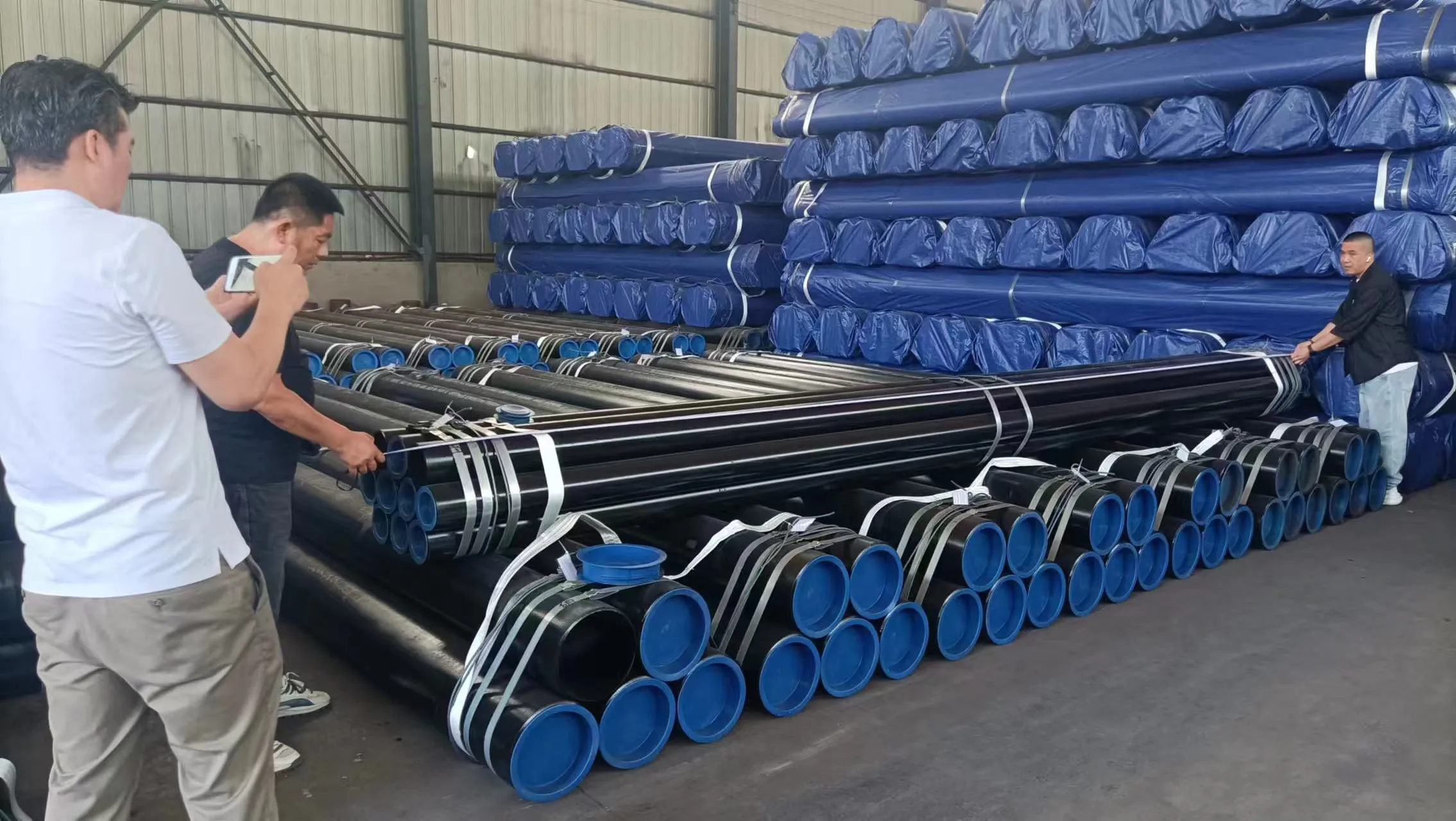-
Cangzhou Yulong Steel Co., Ltd.
-
Phone:
+86 13303177267 -
Email:
admin@ylsteelfittings.com
- English
- Arabic
- Italian
- Spanish
- Portuguese
- German
- kazakh
- Persian
- Greek
- French
- Russian
- Polish
- Thai
- Indonesian
- Vietnamese
- Zulu
- Korean
- Uzbek
- Hindi
- Serbian
- Malay
- Ukrainian
- Gujarati
- Haitian Creole
- hausa
- hawaiian
- Hebrew
- Miao
- Hungarian
- Icelandic
- igbo
- irish
- Japanese
- Javanese
- Kannada
- Khmer
- Rwandese
- Afrikaans
- Albanian
- Amharic
- Armenian
- Azerbaijani
- Basque
- Belarusian
- Bengali
- Bosnian
- Bulgarian
- Catalan
- Cebuano
- China
- China (Taiwan)
- Corsican
- Croatian
- Czech
- Danish
- Esperanto
- Estonian
- Finnish
- Frisian
- Galician
- Georgian
- Kurdish
- Kyrgyz
- Lao
- Latin
- Latvian
- Lithuanian
- Luxembourgish
- Macedonian
- Malgashi
- Malayalam
- Maltese
- Maori
- Marathi
- Mongolian
- Myanmar
- Nepali
- Norwegian
- Norwegian
- Occitan
- Pashto
- Dutch
- Punjabi
- Romanian
- Samoan
- Scottish Gaelic
- Sesotho
- Shona
- Sindhi
- Sinhala
- Slovak
- Slovenian
- Somali
- Sundanese
- Swahili
- Swedish
- Tagalog
- Tajik
- Tamil
- Tatar
- Telugu
- Turkish
- Turkmen
- Urdu
- Uighur
- Welsh
- Bantu
- Yiddish
- Yoruba

Nov . 23, 2024 13:38 Back to list
stainless butt weld fittings
Understanding Stainless Steel Butt Weld Fittings
Stainless steel butt weld fittings are essential components widely used in piping systems across various industries, including oil and gas, chemical processing, power generation, and food and beverage. These fittings are renowned for their durability, high strength, corrosion resistance, and overall reliability. This article delves into the characteristics, benefits, applications, and installation techniques of stainless steel butt weld fittings.
What Are Butt Weld Fittings?
Butt weld fittings are connecting components used to join two pieces of pipe. The design allows the two pipes to be welded together directly at the ends, creating a continuous and uninterrupted flow. This type of fitting is essential in ensuring the integrity of a piping system, as it typically offers a higher quality weld compared to other fitting types, such as thread or socket weld fittings.
Characteristics of Stainless Steel
Stainless steel, an alloy primarily composed of iron, carbon, and a minimum of 10.5% chromium, is designed to resist corrosion and maintain its structural integrity under various conditions. This material is particularly advantageous in environments exposed to moisture, reducing the risk of rust and degradation.
Common grades of stainless steel used for butt weld fittings include
1. 304 Stainless Steel This is the most commonly used grade due to its good corrosion resistance and formability, suitable for a wide range of applications. 2. 316 Stainless Steel Known for its enhanced corrosion resistance, especially in chloride environments, this grade is preferred in chemical processing and marine applications.
3. 310 Stainless Steel This high-temperature resistant alloy is often used in applications requiring resistance to oxidation.
Advantages of Using Stainless Steel Butt Weld Fittings
1. Durability and Strength Stainless steel is known for its high tensile strength, ensuring that the welded joints can withstand significant stress and pressure.
2. Corrosion Resistance The inherent properties of stainless steel allow these fittings to resist corrosion, ensuring longevity and reducing maintenance costs.
3. Cleanliness Stainless steel's non-porous surface makes it an excellent choice for sanitary applications, where cleanliness and the prevention of contamination are crucial.
4. Versatility Stainless steel butt weld fittings are available in various shapes and sizes, including elbows, tees, reducers, and caps, allowing them to be used in a wide array of applications.
stainless butt weld fittings

Applications of Stainless Steel Butt Weld Fittings
Stainless steel butt weld fittings are employed in many sectors
- Oil and Gas Used in pipelines transporting crude oil and natural gas, where strength and resistance to harsh environments are paramount.
- Chemical Processing Ideal for transporting hazardous chemicals, where corrosion resistance and safety are critical concerns.
- Food and Beverage Stainless steel's sanitary properties make it the preferred choice in dairy, brewing, and food processing applications.
- Pharmaceuticals Applications in this industry require extreme cleanliness and reliability, where stainless steel fittings excel.
Installation Techniques
Proper installation of stainless steel butt weld fittings is crucial to ensure the integrity of the piping system. The welding process generally involves the following steps
1. Preparation Ensure the pipe ends are clean and properly aligned to achieve a good weld joint.
2. Welding Method Common methods include TIG (Tungsten Inert Gas) welding and MIG (Metal Inert Gas) welding. TIG welding is often preferred for its precision and control, while MIG welding is faster for larger projects.
3. Inspection Post-weld inspections, such as visual checks or radiographic testing, ensure the quality and strength of the welded joints.
4. Passivation After welding, the fittings should undergo passivation, a chemical process that removes free iron from the surface and enhances corrosion resistance.
In conclusion, stainless steel butt weld fittings are an integral part of modern piping systems across various industries. Their strength, corrosion resistance, and versatility make them the preferred choice for ensuring reliable connections in demanding environments. Understanding their characteristics, benefits, and proper installation techniques can help engineers and technicians make informed decisions when designing and implementing piping systems.
Latest news
-
ANSI 150P SS304 SO FLANGE
NewsFeb.14,2025
-
ASTM A333GR6 STEEL PIPE
NewsJan.20,2025
-
ANSI B16.5 WELDING NECK FLANGE
NewsJan.15,2026
-
ANSI B16.5 SLIP-ON FLANGE
NewsApr.19,2024
-
SABS 1123 FLANGE
NewsJan.15,2025
-
DIN86044 PLATE FLANGE
NewsApr.19,2024
-
DIN2527 BLIND FLANGE
NewsApr.12,2024
-
JIS B2311 Butt-Welding Fittings LR/SR 45°/90° /180°Seamless/Weld
NewsApr.23,2024











